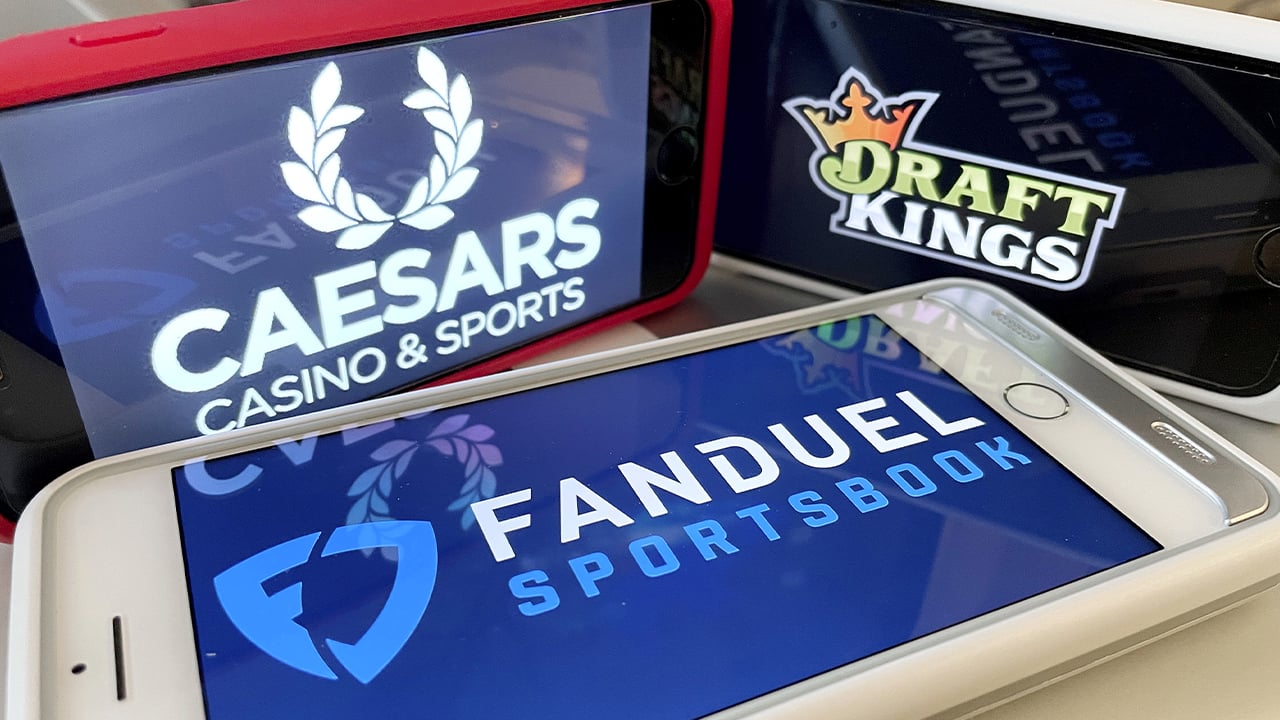Sports Betting Guide — Understanding Moneylines, Point Spread and Odds
Posted on: February 23, 2022, 11:40h.
Last updated on: June 17, 2022, 10:41h.
It may very well be the year of the sports bet. So far, states across the nation have smashed wagering revenue records. But when it comes to sports gambling language, it can seem as if it’s a completely different language. Here’s what you need to know:

Since 2018, states have begun legalizing sports betting. Currently over half of US states have sports betting operations up and running. And 2021 brought in a record total of wagers. In its first five weeks of operations, New York has brought in $1.2B in wagers. Pennsylvania, one of the biggest markets in 2021, brought in $393M in total revenue in January alone.
With sports betting only gaining steam, it seems everyone wants a piece of the pie, including bettors. Words like chalk, hook, and juice are commonly used. But what does it all mean?
If you’re just jumping into the world of sports betting, there are four keywords you need to understand right from the start. Those four words are “moneylines,” “point spreads,” “favorites,” and “underdogs.”
Moneylines
“Moneylines” are the simplest bet to understand. You are picking a team to win. If they win, your bet pays out. If they lose, then you lose, too. However, “point spreads,” which are more popular in basketball and football, tend to offer better value. Now let’s look at examples of “moneyline” and “point spreads.”
Let’s pretend for this “moneyline” example that the Detroit Tigers were playing the Chicago White Sox in Major League Baseball. The “moneyline” on the game is Detroit -140 and Chicago is +110. In this case, Detroit is the “favorite” as they have a “-“ sign beside the -140. Chicago is the “underdog” because they have a “+” beside the +110. The “-“ sign represents what you need to risk to profit $100. The “+” represents what you would win if you bet $100.
In this situation, you would have to bet $140 to win $100 on Detroit, and you would risk $100 to win $110 on Chicago. Or, in dollars, for every $1.40 you risk on the Tigers in this game, you would win $1. For every $1 risked on Chicago, you would win $1.10.
Point Spread
Once you feel comfortable with what the numbers mean, you will also notice that most sports have a “point spread” that can be bet on for each game. Betting against the “point spread” is the most popular form of betting in the United States. “Point spreads” were created because sportsbooks want to even out the number of bets they take on each team. Most people don’t want to bet on a team to lose, so the “point spread” makes a team need to win by a certain margin to “cover” the “point spread.”
The “point spread” evens the “odds” by making it possible to bet on an “underdog” and win, even if they don’t win the game. The bookmaker will assign a number to each game known as the “point spread,” and it’s shown beside both teams. The favorite will have a “-“ beside the spread and the underdog will have a “+.”
For a bet on a favorite to payout, the team needs to win the game by more than the “point spread.” But, a bet on the “underdog” would win if they win the game or lose by less than the “point spread.”
Let’s use the most recent Super Bowl as an example of a “point spread.” The L.A. Rams were -4 point favorites against the Cincinnati Bengals. This means if you bet on L.A., they had to win by more than 4 points for you to win. If you picked Cincinnati, they could win the game or lose by less than 4. If the game ended with LA winning by exactly 4 then that would be a “push,” and the bettor would get their money back.
What happened, in the end, was a perfect example of a team winning the game, but not “covering” on a “point spread.” The Rams won 23-20, meaning they won by 3 points and therefore did not “cover” the -4 “point spread.” Cincinnati bettors would have won on the “point spread,” as they were getting +4 points.
Now, hopefully, the next time you walk into a sportsbook and see all the numbers, you will have a better understanding of what it all means.
Related News Articles
Sports Betting Guide — Understanding Juice and Chalk
Boston Celtics, Miami Heat Only One Win Away from NBA Finals
Most Popular
Sphere Threat Prompts Dolan to End Oak View Agreement
MGM Springfield Casino Evacuated Following Weekend Blaze
This Pizza & Wings Costs $653 at Allegiant VIP Box in Vegas!
IGT Discloses Cybersecurity Incident, Financial Impact Not Clear
Most Commented
-
VEGAS MYTHS RE-BUSTED: Casinos Pump in Extra Oxygen
— November 15, 2024 — 4 Comments -
Chukchansi Gold Casino Hit with Protests Against Disenrollment
— October 21, 2024 — 3 Comments -
VEGAS MYTHS RE-BUSTED: The Final Resting Place of Whiskey Pete
— October 25, 2024 — 3 Comments
















Last Comments ( 2 )
was looking to place my first ever sports bets but found myself overwhelmed by the terminology. this article really broke down the various types of bets in a way I could really understand....thanks Michael!
Lamest ass story I ever read...you took a lot of ALREADY known content and recycled it into what you thought was something readable...go back to your Sign Spinning job....you won't make it in this business.